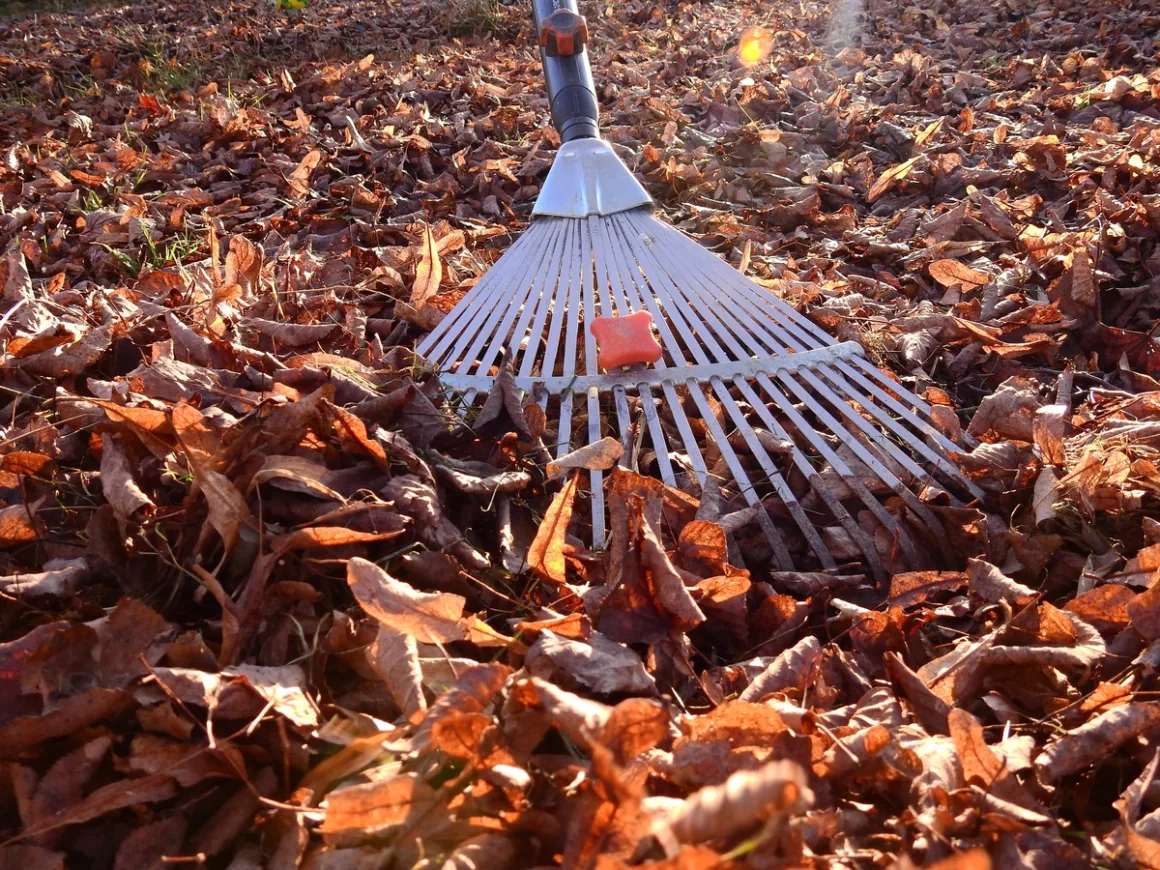Table of Contents Show
Repairing a Garden in Fall: A Guide for Gardeners
Now that the cooler weather is here it is time to start thinking about repairing a garden in the fall. While nothing may come to mind immediately, remember that a garden is always a work in progress and that there is always something to be done.
First and Foremost – The Lawn
The first thing to consider when thinking about repairing a garden in the fall is your lawn. Many lawns, especially those in the hot, dry, or humid south have suffered all summer long.
Mowing your lawn down to 2 inches and watering well will help to prepare it for the oncoming cooler temperatures. Fertilize your lawn in early September as well. This is the most important time of the year to fertilize, as this is when the grass will go dormant, and the roots will be able to store up energy to grow back green grass during the springtime.
Use a general-purpose N (Nitrogen) P (Phosphorous) K (Potassium) fertilizer for optimum results.
Other Chores
Many things that need to be done will come to mind just by standing back and looking at your garden. Has your lantana overgrown its boundaries by just a little bit too much? Are there any broken branches on the rose bushes in your rose garden?
These are just some of the questions to ask yourself when looking around the garden and deciding which plants need to be divided and which plants may need to be pruned.
Gardening Chores for the Fall
- Divide and transplant perennials. Some perennials like lantana have a spreading growth habit and a tendency to become overgrown. In order to divide, place two metal gardening rakes side by side in the middle of the plant. Then, gently dig in and spread them apart in order to separate them. Now you will have two plants for the price of one.
- Remove spent annuals and add them to the compost pile.
- Plant cool-weather flowers such as pansies, impatiens, and primrose.
- Cut back any broken branches from roses, azaleas, or rhododendrons.
- Clean and oil all gardening tools. Camellia oil is a highly recommended oil for this purpose.
- Clean out flower beds and add debris to the compost pile. Shred or chop it up for faster decomposition.
- Begin to water trees and shrubs more infrequently so they can begin to harden off for winter.
- Eat imperfect fruits and store the rest.
- Harvest frost-sensitive produce when frost is forecast. Squash, cucumbers, pumpkins, and gourds fall into this category.
- Winterize the lawnmower, weed eater, and other lawn equipment when it becomes apparent that winter is imminent. Clean and oil all parts and accessories well in order to accomplish this.
- Repair any gaps, or holes, in broken fence pickets that may have been uncovered during clean-up.
Buckling Down for the Winter
Repairing a garden in the fall and preparing your garden for the coming of winter is both necessary, and productive. Not only will you find spring planting season to be less of a chore, but also you can accomplish beautifying a potentially dreary landscape as well as have a crop of succulent winter vegetables!
Taking advantage of these suggestions will improve your mood during the winter doldrums, and afford you a sense of peace and hope for the eventual arrival of spring.
References
- Texas A&M AgriLife Extension – https://travis-tx.tamu.edu/about-2/horticulture/monthly-gardening-calendar-for-austin-area/september-gardening-checklist-for-austin-and-central-texas/
- Ohio State University – https://ross.osu.edu/program-areas/master-gardener-volunteers/monthly-garden-tips
MAINTAINING A LAWN AND GARDEN
Learn all about what tasks are to be accomplished during each season in this series about maintaining a lawn and garden. “A Guide to Repairing a Garden In The Fall”, and ” A Guide to Preparing and “Maintaining a Lawn For Winter”, are both timely pieces for this season.
- A Guide to Repairing a Garden in the Fall
- Fall Gardening: What to Do with Plants
- Preparing and Maintaining a Lawn for Winter











